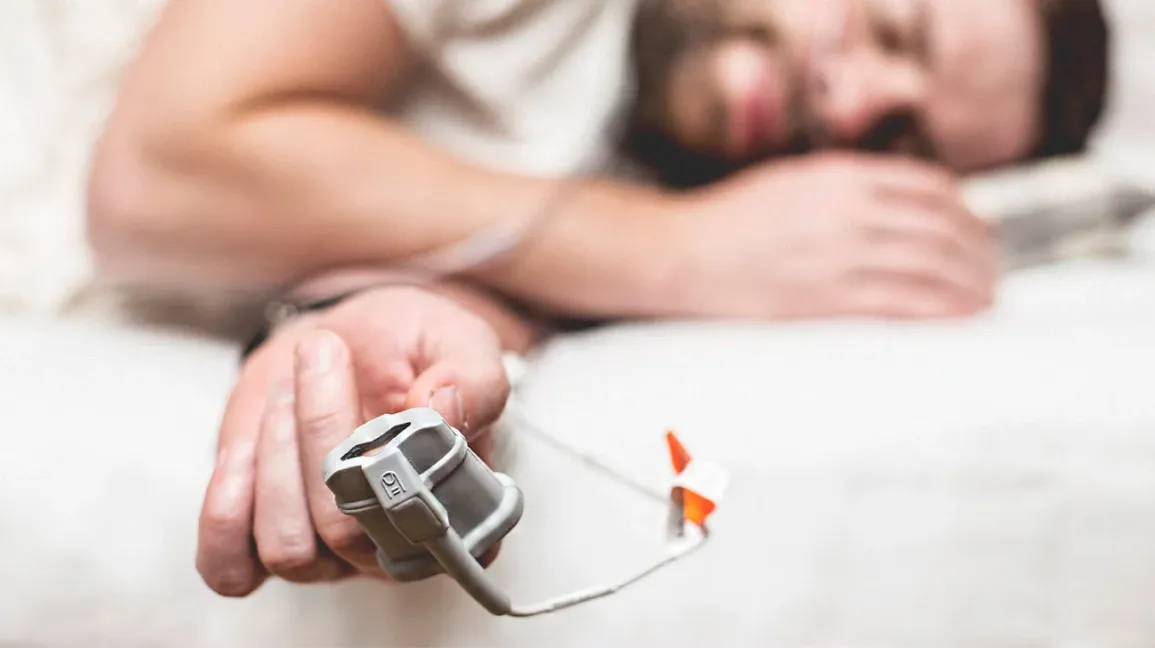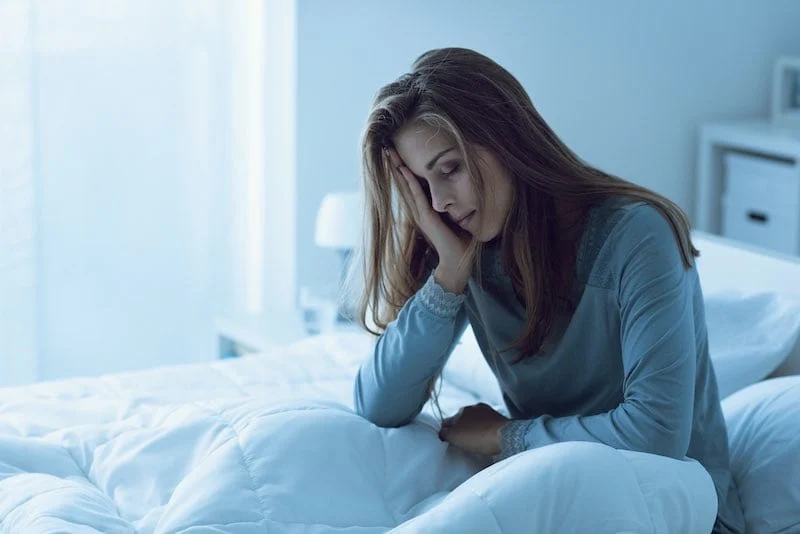Hypnometrics
Experienced technologists who have received specialized training in the field of sleep disorders will strive to make you comfortable and keep you informed during the waking portion of your stay. Sleep study is a non-invasive procedure where needles, drugs, x-rays will not be used.

For More Information or Assistance
If you have any special needs, please contact us at the number on your appointment confirmation so that we can make your stay easy and comfortable.
On the morning, you will be asked to fill out a patient satisfaction survey. We would greatly appreciate your feedback. We use patient feedback to monitor the quality of our service continually and to make continual improvements.
Thank you for giving us this opportunity to assist your physician with your sleep diagnostic and treatment needs.
Types of Sleep Disorders
- Apnea (Blocked airway or incorrect brain signals)
- Bruxism (Teeth Grinding)
- Hypersomnia (Extreme daytime sleepiness)
- Insomnia (Inability to sleep or sustain sleep)
- Narcolepsy (Uncontrollable urges to sleep)
- Panic Disorder (Awakening chest pain and Panic)
- Periodic Limb Movement Disorder (limb movements)
- REM Behavior Disorder (Dream enactment while asleep)
- Restless Leg Syndrome ( Leg movements preventing sleep)
- Shift Work Disorder (Sleep problems due to shift hours)/
- Sleep Paralysis (Inability to move upon awakening)
- Sleep Terrors (Unremembered frightening dreams)
- Plus over 60 others

Most Commonly Asked Questions...
What is a sleep study?
Usually performed in a private sleep room, a sleep study involves the analysis of your body's sleep patterns. This involves the placement of special sensors on your body to record the activity of your heart, lungs, brain, and muscles. Air flow from your nose and mouth as well as the level of oxygen in your blood are also measured these data are monitored and recorded over the entire night by a technologist.
With an overnight sleep study, will I need to take the next day off?
Not usually. Before bedtime give the technologist your time schedule so that the ample time can be allowed for getting up, removing the sensors, and freshening up before you go to work or school.
Will I be given any shots, injections, or medications during my sleep?
No. The only medical devices which will be used are special sensors and they are placed on the surface of our skin using a medical paste.
If I take over-the-counter or prescription drugs before bedtime, would I also do this before a sleep study?
Typically yes; however, we ask that you check with your referring physician before your sleep study to be sure.
Can I get up to use the restroom during the night?
Yes. The technologist will show you what needs to be done if you need to get up during the night or you may call the technologist to assist you at that time.
